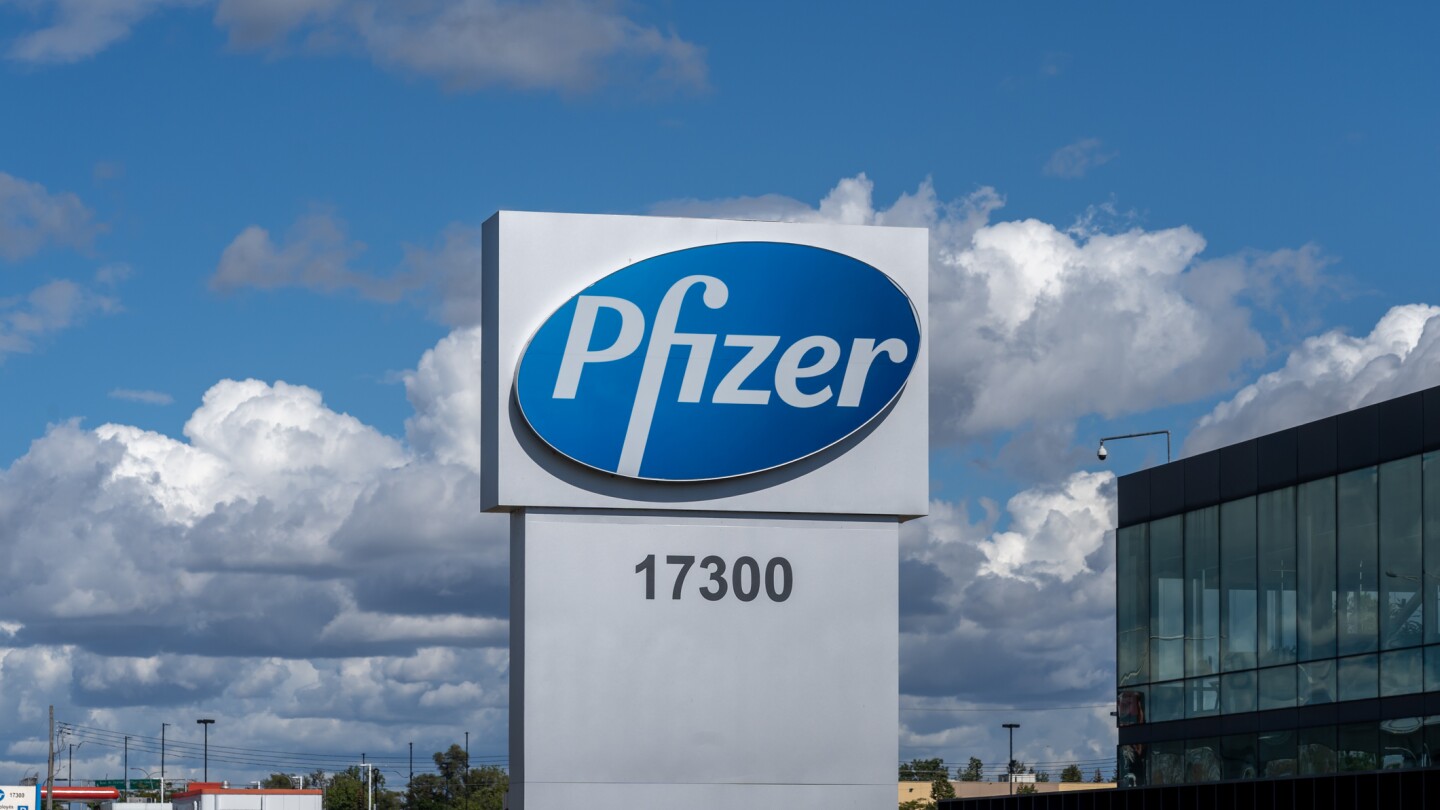Prostate cancer
Halda Therapeutics is developing oral assets for prostate and lung cancer. The deal comes after Johnson & Johnson set an ambitious goal for its oncology sales by 2030.
Instead of homing in on PSMA—currently the most validated target in prostate cancer—BMS and Philochem will instead collaborate on an early-stage molecule that binds to a novel marker called ACP3.
The FDA’s independent advisors found Pfizer’s data lacked the precision needed to establish the efficacy of Talzenna in patients with prostate cancer who do not carry HRR mutations.
The drug, a small molecule protein inhibitor, brought in $132 million in the first quarter, missing consensus estimates by 17%.
A paper inadvertently published on the website of an ASCO conference revealed good results for mevrometostat in treating castration-resistant prostate cancer.
Candel’s trial was conducted under the FDA’s Special Protocol Assessment program, meaning that its data could be used as a basis for a regulatory application.
Truqap’s positive clinical data comes after it failed a late-stage study in metastatic triple-negative breast cancer. It helps AstraZeneca position itself as a top player in the prostate cancer space, alongside its Big Pharma colleagues.
The overall survival data from the late-stage trial will help Pfizer in its bid to expand the label for Talzenna and Xtandi, potentially covering all patients with metastatic castration-resistant prostate cancer regardless of biomarker status.
The European Society for Medical Oncology’s annual meeting this week featured the hottest emergent areas of cancer treatment—antibody-drug conjugates, bispecifics and radiopharmaceuticals—while anti-TIGIT therapies made a bit of a comeback.
The Connecticut-based biotech, which emerged from stealth last year, has secured $202 million to date as it looks to move two assets targeting prostate and breast cancer into the clinic.
PRESS RELEASES










